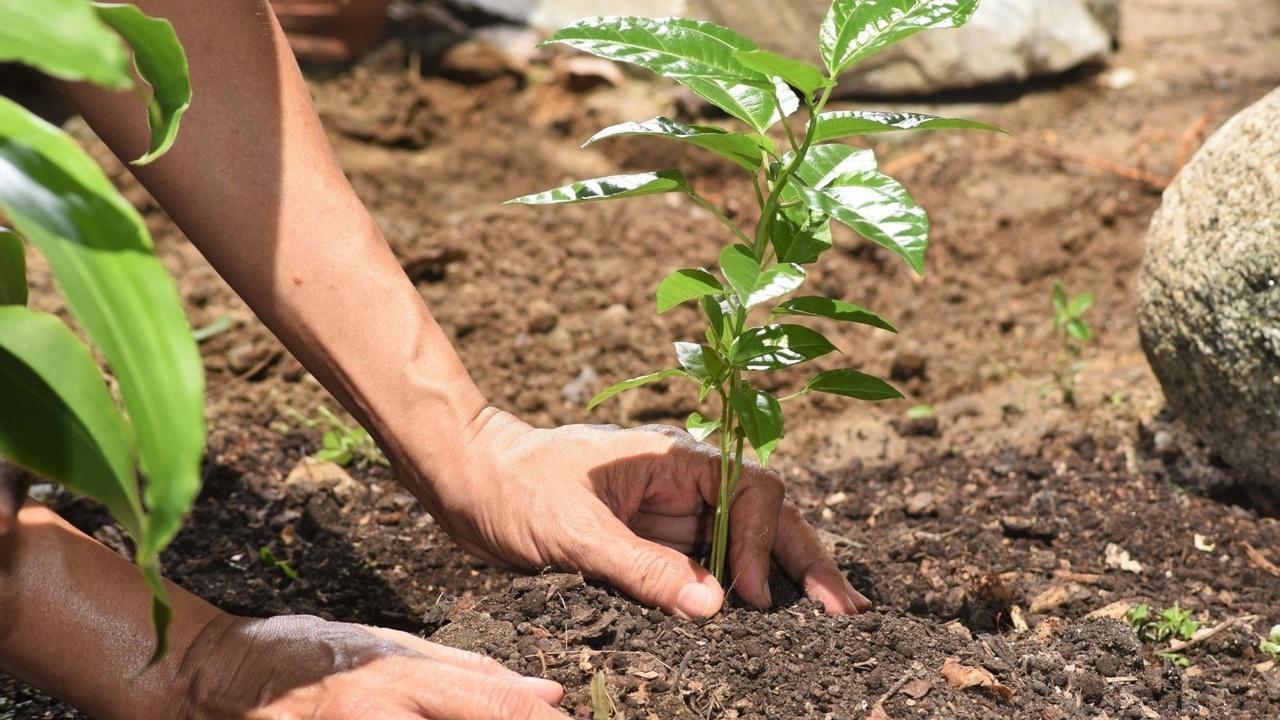Introduction
Forestation, Sustainability & Building a Purpose Driven Organization
We, at Healthark Insights, are deeply committed to supporting afforestation, a cause I have personally been passionate about for a long time. Like all eco-warriors and responsible citizens of the planet, we also aspire to leave the world a better place for the next generation.
A significant amount of our lives is spent at work, often between 40-80 hours a week, which is why when I founded Healthark Insights, one of my main goals was to create a workplace with a purpose – a cause that is important to the organization and its members. Through the years, we’ve identified causes that we are passionate about and consistently support, such as afforestation, education, reading, community service and blood donation.
While healthcare is critical to making the world a better place, I’ve always felt that it is just one piece of the larger jigsaw. We rely on the earth to provide a comfortable environment for us to live in, and the importance of sustainability is something that becomes more and more apparent to me as time goes on. However, simply recognizing the importance of sustainability is not enough, and it must be duly supported by actions.
In our day-to-day work of solving complex problems for Healthcare and Life Sciences clients, we strive to make sure that we positively impact the world. We continuously ask ourselves some of these perpetual questions – did we add value, did we change things for the better, and most importantly did we make this world a better place for future generations to come?
I had personally always strived for this goal. Five years ago, I had the good fortune of becoming a parent and then again three years ago we had our second kid, and the appreciation for this goal not only became more realistic but has become more personal to me than ever before. And this propelled the need to move more towards action, beyond merely concern or promises, and that was when I decided to plant a tree myself.

Planting a tree was a process, it involved identifying a place, buying a sapling and planting it, watering it for a few days, and very soon enthusiasm turned into a chore and eventually it faded out. But the idea stayed with me, and then the universe conspired – the next year one of the vendor partners we work with, gifted me a tree planted in my name. After doing some research, I learned about a few amazing organizations who do this good work – identifying large patches of land across different states in India and undertaking large scale afforestation projects. And those willing to contribute can sponsor plantation, nurture, care and maintenance of one or more trees.
We decided to plant a few trees that year as our small contribution towards sustainability. Next year, we thought that we would celebrate another successful year by honoring each of our clients with a tree planted in their name, which will not only get us to work on this mission but also spread awareness about the subject. We have continued on this mission for the past few years and, over time, planted more than 500 trees. It’s a very small number today, but we hope that our continued efforts take this number to millions over the course of our lifetime.
While all of us might understand and recognize the need for forestation, given our passion about this subject, I wanted to share a few additional details which might be of interest. Some of the main reasons to promote forestation and tree plantation:
- Forests play a crucial role in the balance of oxygen and carbon dioxide in the atmosphere, as well as in regulating air temperature
- Forests also support biodiversity by providing habitats for millions of species of animals and plants
- Forests act as carbon sinks, absorbing carbon dioxide and other greenhouse gases from the atmosphere and storing them for centuries
- Forests also act as sources of renewable energy, such as wood and biomass fuels, which can be used to reduce our reliance on non-renewable energy sources
Forestation activities range from creating new forests to restoring old ones. Tree planting is one of the most popular and effective methods of forestation. However, conservation efforts must also include protecting existing forests from fires and deforestation. Other contributions such as volunteering with a conservation or forestry organization, donating money to conservation projects, supporting businesses and organizations that promote sustainable forestry practices, or reducing one’s paper consumption can also help.
The ideal percentage of forest cover is estimated to be around 30% of a country’s total landmass. This would help ensure the balance of oxygen and carbon dioxide in the atmosphere, protect wildlife species, and maintain biodiversity. Additionally, having high levels of forest cover would provide many other benefits such as soil protection from erosion, increased water retention, and a buffer against extreme weather.
According to the Food and Agriculture Organization of the United Nations (FAO), the global forest cover is currently estimated to be 31.6%. However, the level of forest cover in India is 20.64%, which is lower than the global average. India’s National Forest Policy (NFP) of 1988 set the target of raising India’s forest cover to 33% by 2022. This target was revised in 2019 to increase India’s forest cover to 33-35% of its geographical area, both within and outside the protected areas. We are far from reaching there, but hopefully we will have a small role to play in getting there.
Author
Purav Gandhi – CEO, Healthark Insights




